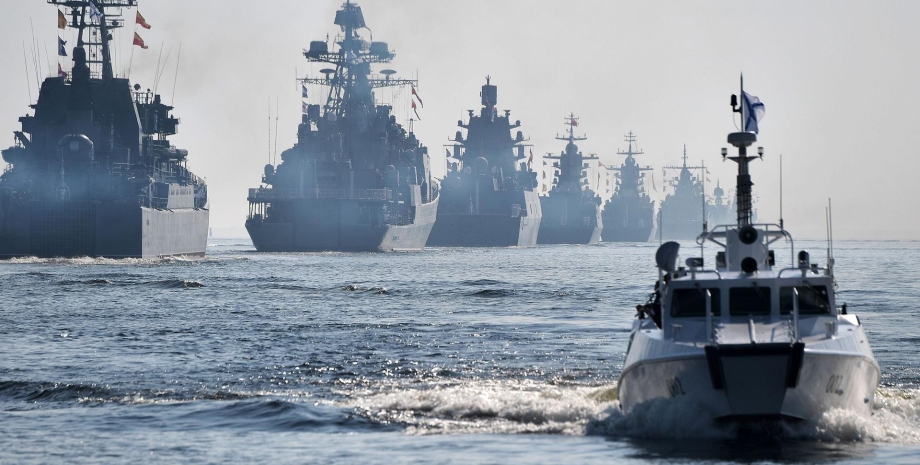
 By Natali Moss
By Natali Moss
These materials, created before the start of a full-scale invasion of Russia into Ukraine, presents maps of goals located in the western part of Europe, including the western coast of France and Barrow-Inns in the United Kingdom. According to the documents, the Russian military planned strikes for a number of key facilities in Europe using missiles capable of carrying both ordinary and nuclear warheads.
These data were transmitted by Financial Times to Western sources and cover the period from 2008 to 2014. The materials also emphasize that Russia has preserved the possibility of placing nuclear weapons on surface ships, which, according to experts, is associated with additional risks. Documents contain 32 targets in Europe, which could be the objects of blows from the Russian Fleet.
Analysts say that such actions are in line with NATO assessments regarding possible threats from Russia, including the speed at which Moscow could resort to nuclear weapons. William Alberc, a former NATO employee, and now the Expert of the Stimson Center noted that the documents presented cover only a small part of "hundreds, if not thousands of" goals throughout Europe, which cover both military facilities and critical infrastructure.
According to analysts and former officials, Russia's ability to strike on objects throughout the continent implies that in the event of a conflict with NATO, targets will be in danger throughout Europe.
Jeffrey Lewis, Professor of the Middleberian Institute for International Research in Monterey, specializing in weapons control, stressed that Russia considers tactical nuclear warheads as an important means of achieving military goals, and can be ready to apply them in the early stages of conflict. Despite the fact that tactical nuclear weapons are less devastating than strategic, it still has considerable capacity.
Russian President Vladimir Putin has repeatedly made statements addressed to European countries, warning them about the possible consequences of Ukraine's military support. The documents also mention the possibility of a demonstration nuclear strike in a remote area before the beginning of a real conflict to show Russia's readiness for such weapons. According to Alberk, Russia seeks to use the fear of using nuclear weapons as a means of influencing the West.
The documents state that Russia's priority in the event of a conflict with NATO is the weakening of the military and economic potential of the enemy, which may involve strikes in civilian objects and infrastructure. Fabian Goffmann, a researcher at the University of Oslo, notes that the combination of nuclear and ordinary blows described in the documents is a signal that indicates the severity of Russia's intentions.
In conditions where NATO countries have limited opportunities to protect the Alliance's eastern flank, as Putin stated, Europe may be vulnerable to Russian rocket strikes. Dara Massicot from the Carnegie Foundation for the International Peace adds that Russian strategists view nuclear weapons as a key element in the early stages of a possible conflict with NATO, given the limited resources of ordinary weapons of Russia.










All rights reserved IN-Ukraine.info - 2022